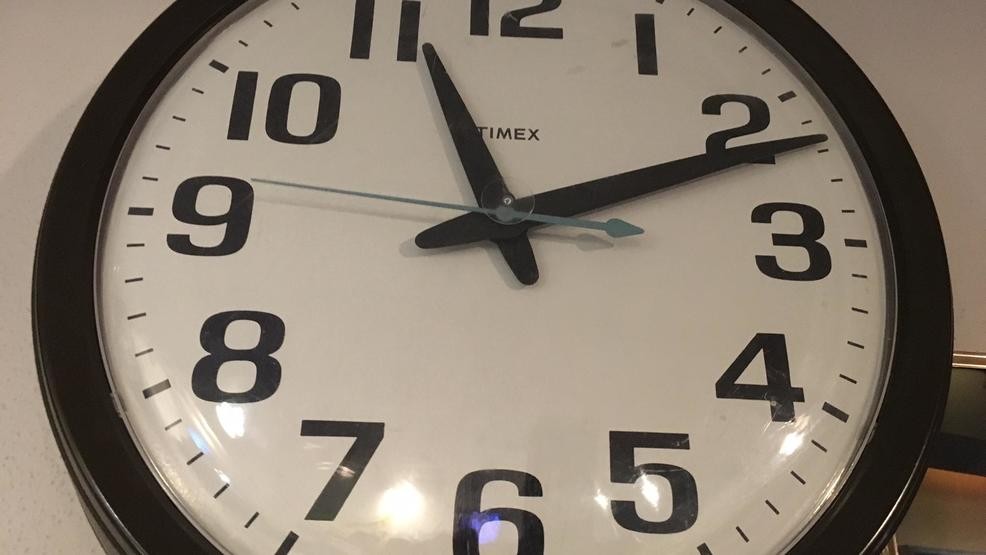Daylight Saving Time returns on Sunday March 12, at 2:00 a.m. with clocks being set forward one hour in the state of Alaska.
Daylight saving adjustments have been adopted as checkpoints to remind families to address their home fire safety plans.
Kenai Fire Chief Tony Prior spoke to KSRM:
“First of all wake up on time, don’t be late for anything. But again, daylight savings is a perfect opportunity. We ask for people to check their smoke detectors and CO detectors and make sure they got fresh batteries in them. A lot of the detector systems now are all tied-in together. So, if one goes off they all go off and they’re wired. W e just adopted the new codes for the city of Kenai,. Those systems or will all be tied in and if you have an older home you may not have a smoke detector system that is tied into one another like that so it’s even more crucial that you checked the batteries in them and that twice a year and daylight savings is a perfect time to go in and change them out.”
“Detectors are usually good for about 10 years so if you have one that’s older than 10 years we recommend that you get rid of it and purchase a new one; they’re rather inexpensive to go to Home Depot or one of the other places and pick one up and just install it. Make sure they have good batteries, some of the new batteries that are coming with the detectors are a 10-year battery life.”
Researchers believe that when clocks are moved forward in the spring it produces a slight increase in rates of heart attacks, traffic accidents, and workplace injuries — likely the effect of millions of people’s bodies being forced to adjust to the missing hour of sleep. Workplace productivity, meanwhile, tends to decrease.
Daylight saving time was first formally proposed in 1895 by a New Zealand entomologist named George Vernon Hudson, who realized that shifting clocks forward an hour would give him more time to collect insects in the evenings.
In the United States, the idea was formally adopted during World War I as part of an effort to save fuel, which was especially scarce. It was only done during the summer. After the war, DST was abandoned, adopted again during World War II, then abandoned again by some states but kept by others, beginning, and ending on irregular dates.
Finally, in 1966, the federal government mandated that all states had to do summer daylight saving time — unless the whole state opted out — and specified the start and end dates. Arizona, Hawaii, American Samoa, Guam, The Northern Mariana Islands, Puerto Rico and the Virgin Islands are the only states and territories not observing Daylight Saving Time.

